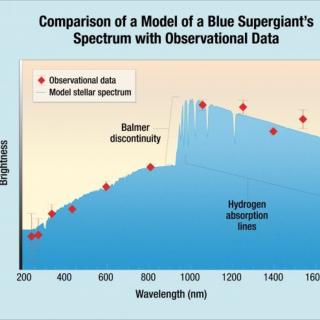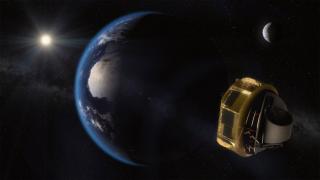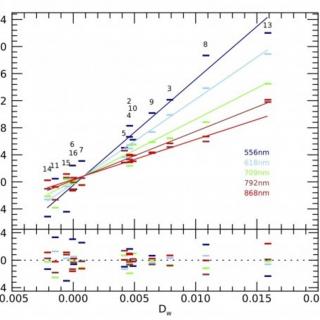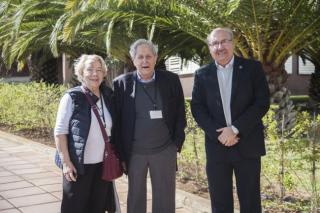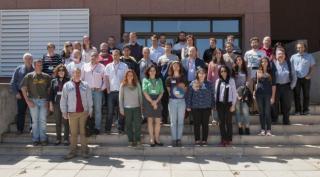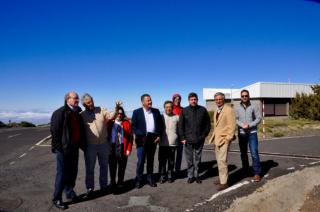
This week Thomas Soifer, Gregory Fahlman, and Masanori Iye, members of the Board of Governors of the Thirty Metre Telescope (TMT) International Observatory, visited during the week the installations of the headquarters of the Instituto de Astrofísica de Canarias (IAC), in La Laguna, and the Teide and Roque de los Muchachos Observatories.
Advertised on
